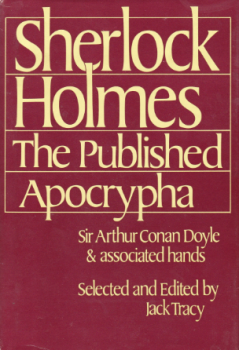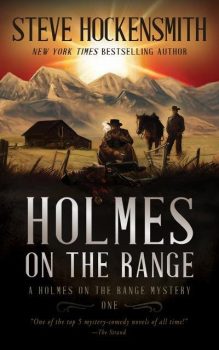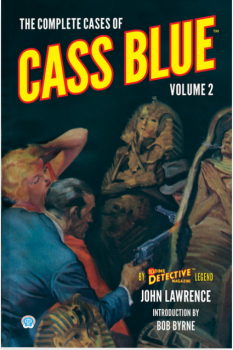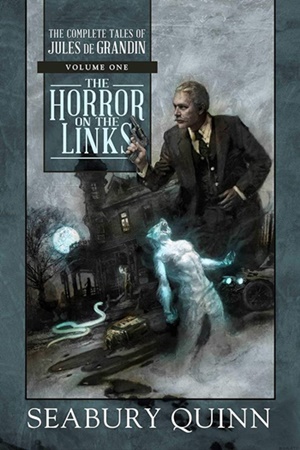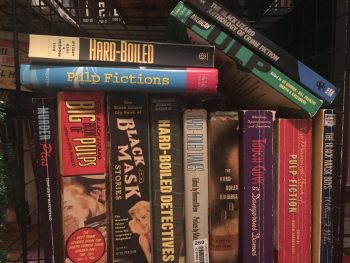A (Black) Gat in the Hand: Rex Stout’s ‘The Mother of Invention’
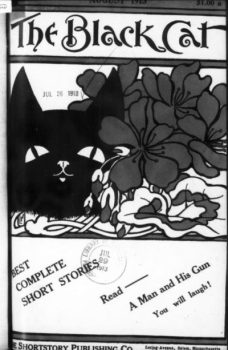 “You’re the second guy I’ve met within hours who seems to think a gat in the hand means a world by the tail.” – Phillip Marlowe in Raymond Chandler’s The Big Sleep
“You’re the second guy I’ve met within hours who seems to think a gat in the hand means a world by the tail.” – Phillip Marlowe in Raymond Chandler’s The Big Sleep
(Gat — Prohibition Era term for a gun. Shortened version of Gatling Gun)
If you read more than just this Pulp series of mine each summer, you know that I am a gargantuan Nero Wolfe fan. It’s my favorite mystery series, and I have written a lot of fiction and non-fiction about Wolfe, and Archie Goodwin.
Rex Stout wrote several novels and many short stories, before the first Wolfe novel dropped in 1934. Of course, there was no looking back after Fer de Lance.
He placed “A Professional Recall” in the December, 1912 issue of The Black Cat magazine. “Pamfret and Peace” followed the next month. There would be three more over the next few years.
The Black Cat was founded by Herman Umbstaetter in 1895. He had gained and lost a fortune before managing to fund his own magazine in Baltimore. It was not a Pulp, and was about the size of the Dime Novels of the day (about 6” x 9”). Umbstaetter encouraged new writers, and paid based on the quality of the story, not by the word. His wife did the early covers.



